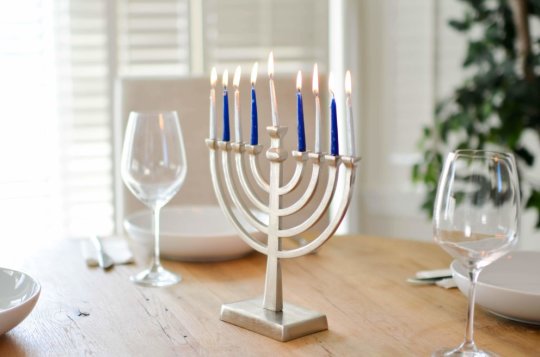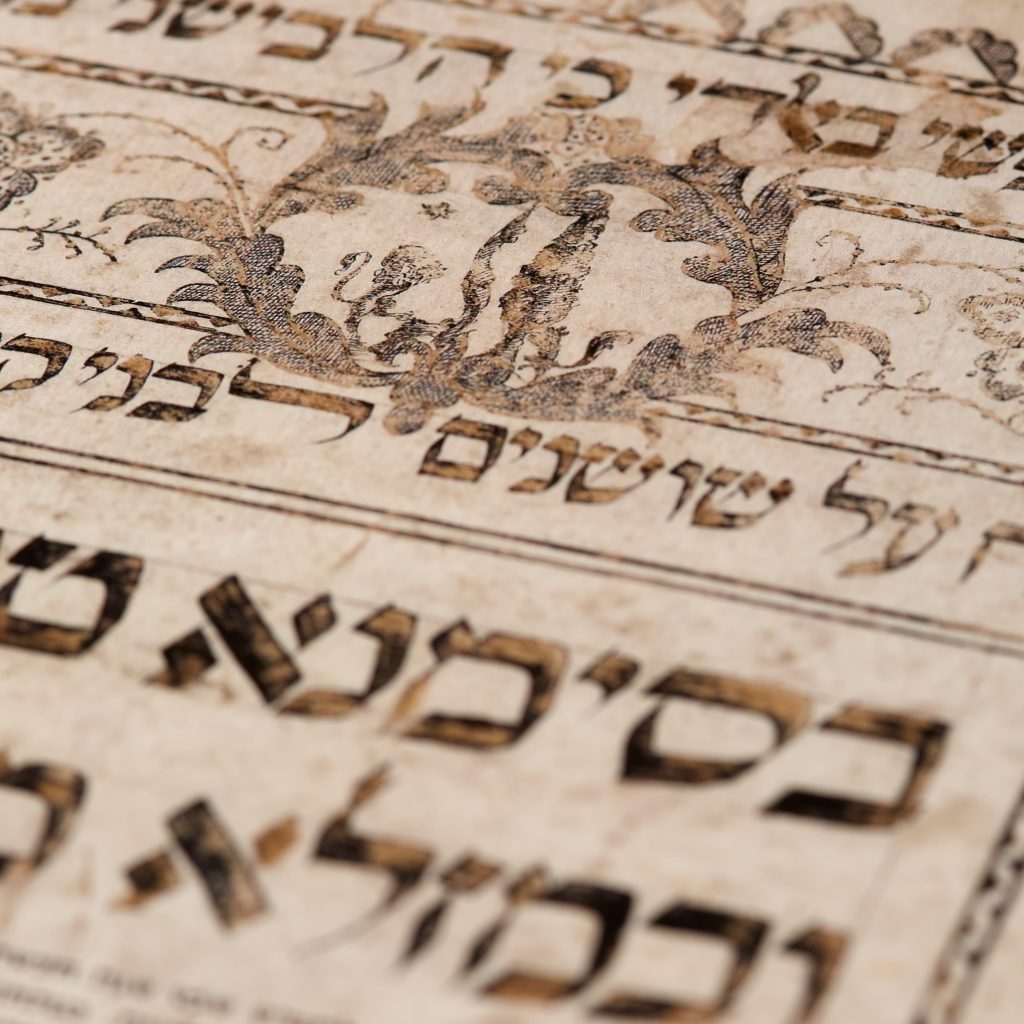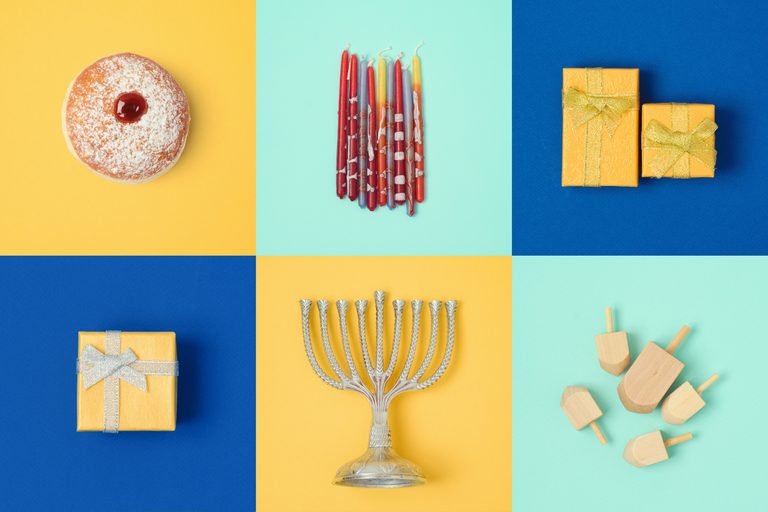Signed, Sealed, Delivered
By Michael Shapiro

Let’s unpack this crazy idea a bit.
A traditional greeting leading up to Rosh Hashanah is “L’shanah tovah tiKaTayVu”. “לשנה טובה תכתב ותחתם”
A thoughtful wish for Yom Kippur is “Gmar chatima tovah”. גמר חתימה טובה (“Happy Yom Kippur” doesn’t quite fit the bill.)
What do these greetings mean and where else do we encounter these meanings in Jewish practice at this time of year?

One of the central, traditional High Holiday prayers contains the following similar words and sentiments. It begins with: “B’rosh hashanah tiKaTayVu….”. This literally means, “On Rosh Hashanah, may you be written…”. Or with more complete context, “May you be inscribed in the book of life for the year ahead”.*
Now, let’s turn our attention for a moment to your Ketubah. The word “Ketubah” (or sometimes KeTuVah) כתובה derives from the same Hebrew root, “K-T-V”, as the word for “written” that is bolded above. The Ketubah is a marriage contract that is – you guessed it! – “written”; as opposed to the oral marriage agreements that were common in Biblical times.
The prayer then continues: “…U’veYom tzom Kippur techataymu”. Which literally means, “And on the fast day of Yom Kippur may you be sealed.” Or more completely, “On Yom Kippur may that earlier writing/inscription (for you in the book of life for the year ahead) be finalized and sealed.”
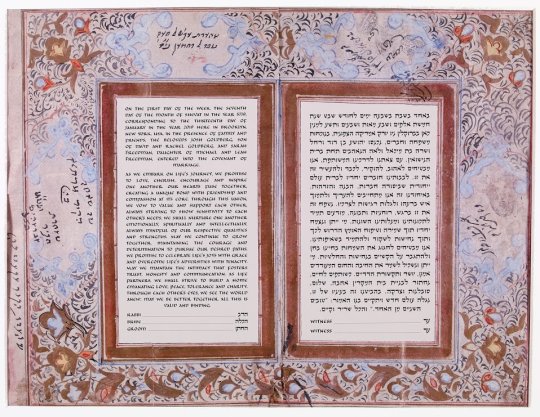
A problem arises…maybe. While it’s pretty clear what “written” has to do with your Ketubah, what on earth does “sealed” have to do with it? Good question. The Hebrew word for “to seal” is also the word for “to sign” and of course, what good is a Ketubah that has not been signed?
In the High Holiday prayers, the words for “written” and for “sealed” are both in the plural form. This is even true in the similar traditional greeting above, even when it is addressed to a single individual. With a bit of poetic – even romantic – license, perhaps this plural form could be seen as a connection to the Ketubah. Specifically, to the Ketubah’s core function to help transform two single people into a unified “plural” as a married couple.
Taking another look at these two words, it is noteworthy that they are in the “passive” form. It says “may you be written” not “may you write” and “may you be sealed” not “may you seal”. The passive form of these words speaks of an action that is done to someone by another. So too, a couple becomes married not only by their public declaration of commitment to one another, but they are only “married” in Jewish tradition once their ketubah is signed by official witnesses.
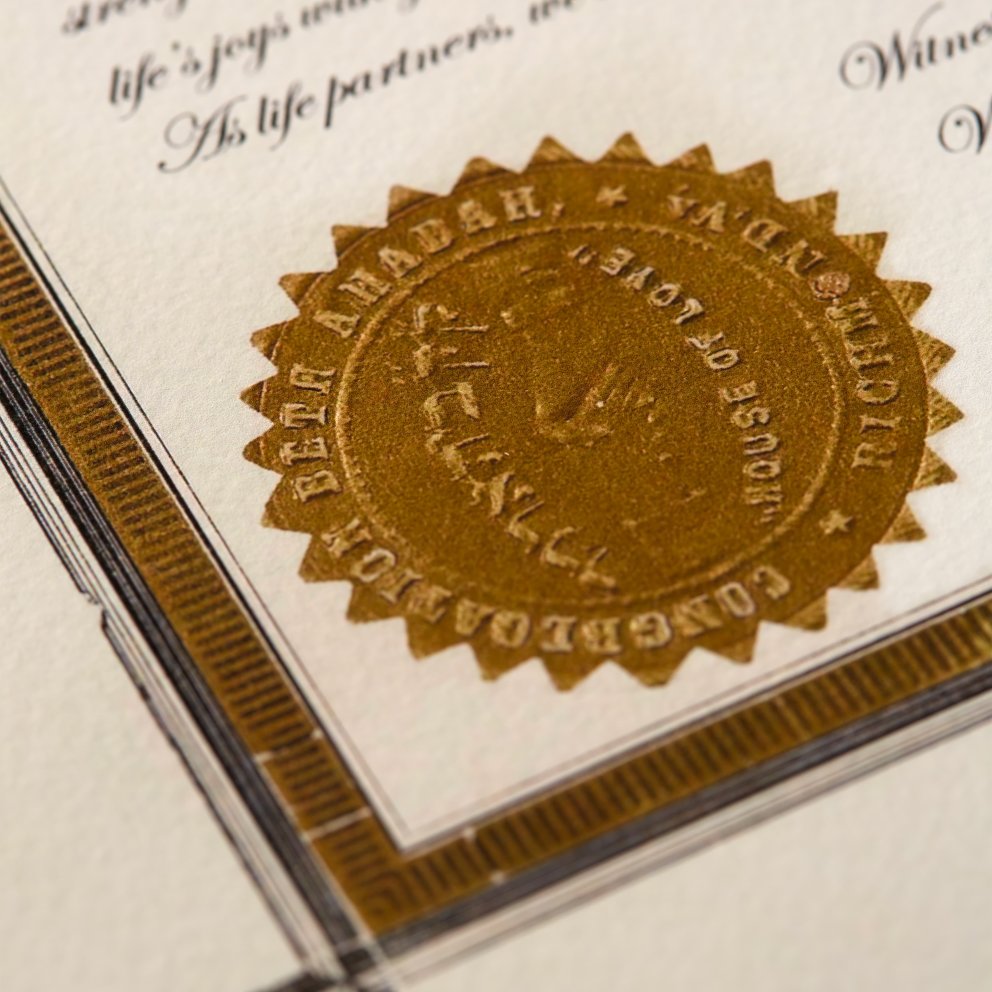
One final similarity between Yom Kippur and the Ketubah; the High Holiday wishes and prayers convey the hope to be inscribed and sealed in the book of life for a good year ahead. So too, in the words of Stevie Wonder, when your Ketubah is “Signed, Sealed, Delivered” it carries your hopes as a couple for a lifetime of good years together.
*Editor’s note: The not-so-attractive alternative to being inscribed in the book of life is the prayer said on Rosh Hashanah and Yom Kippur “Unetanneh Tokef” which is the inspiration for Leonard Cohen’s famous song, “Who by Fire”.
Michael Shapiro is the founder of Ketubah.com. He is not a rabbi or Judaic scholar. He has enjoyed creatively exploring language, connections and meanings since he was a little boy.

